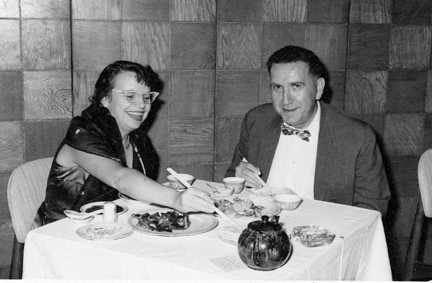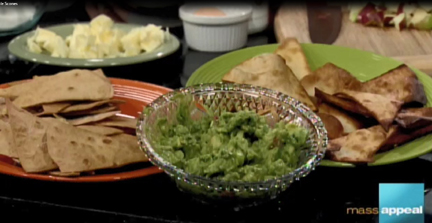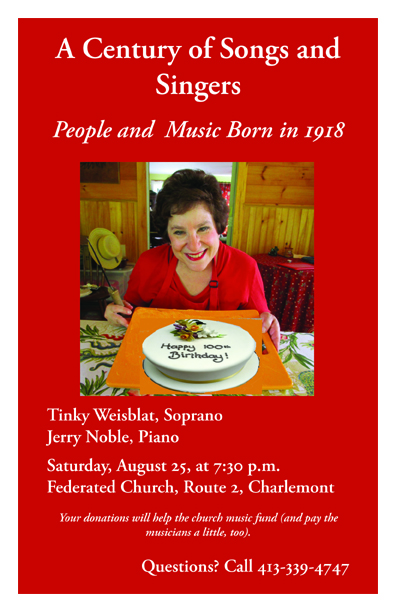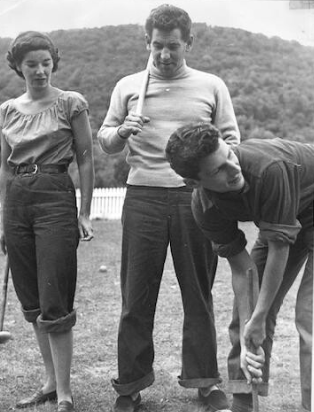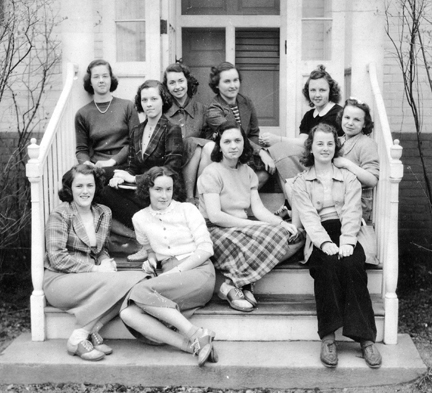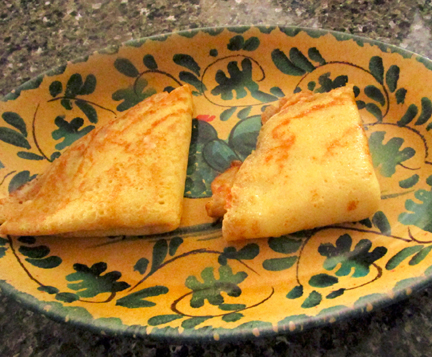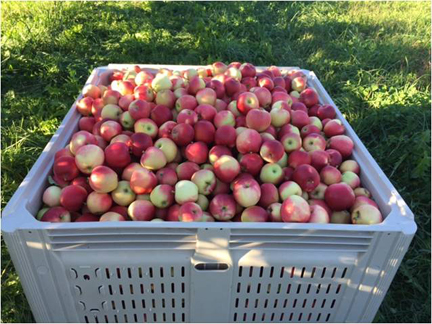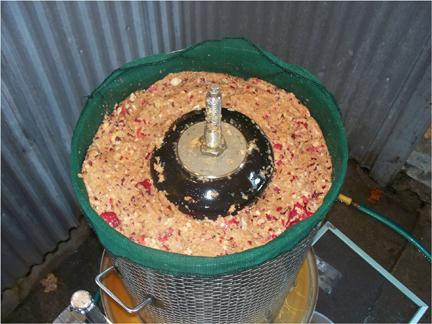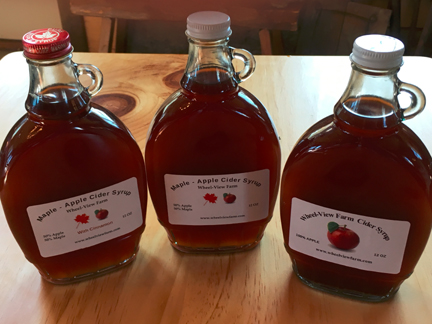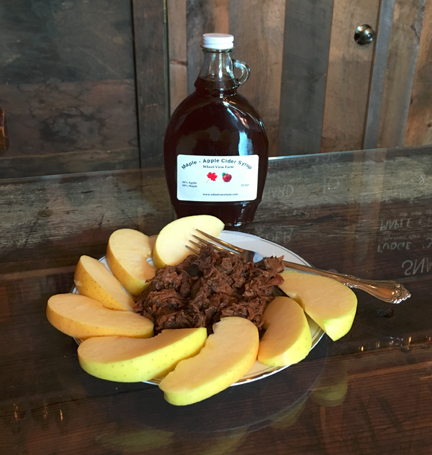
I was scheduled to teach a hands-on cooking workshop today for Art Week, a culture-filled annual event here in Massachusetts. Obviously, no one will be coming to my home to cook and tell stories this afternoon, but I’m sharing one of the recipes we were planning to make as part of Art Week at Home.
I wish I could do the cooking online, but the internet here is weak. So please just pretend that you’re with me, singing and cooking and telling stories around my great-grandmother’s old oval table. I’m going to walk you through one of the recipes I planned to make today.
In this crazy time, I am grateful every day for the natural beauty around me. Each time my dog Cocoa and I walk down the road, it seems to me that we observe a new sign of spring … another flower in bloom, another tree starting to bud, another tuft of grass springing up greener than the one before it.
We actually had a little snow yesterday, but it has fortunately departed, leaving everything even greener than before.
The color green is my theme these days. It’s a color of hope and renewal. It’s a theme indoors as well as out. Spinach is coming into season, bringing with it vitamins and minerals and that gorgeous deep color.
I eat spinach and cook with it a lot … in quiches, in quick sautés, in salads, in scrambled eggs. Like the cartoon character Popeye, I feel “strong to da finich ‘cause I eats me spinach.”
A few years back, I devised an onion-dip recipe loosely based on my mother’s formula for French onion soup. I love commercial dips and dip mixes, but I feel a little queasy when I read some of the ingredients on their labels. I don’t like to put foods in my body that I can’t pronounce.
My dip contained only normal foods. And caramelizing the onions for it made my house smell delicious.
With spinach on my mind, I recently decided to add a little spinach to the onion dip. The addition was a success. The spinach adds vitamins, a hint of flavor, and a lovely green color.
The recipe takes a while, between caramelizing the onions and letting the dip’s flavors meld in the refrigerator. Most of this time isn’t hands on, however, so you’ll have plenty of leisure to do other things while you’re cooking. Just make sure to keep your nose active while you’re caramelizing the onions.
Make the dip early in the day, and honor your mother with it by evening. My mother isn’t with me anymore, but I love to remember her on Mother’s Day. Making a dip inspired by one of her recipes gives my family a delicious way in which to enjoy the memories.

My Mother in 1968
Spinach and Sweet Onion Dip
If you happen to have fresh parsley and/or dill in the house, you may add sprigs of them before blending the dip at the end.
Ingredients:
2 teaspoons butter
1 tablespoon extra-virgin olive oil
2 large onions, cut into thin slices, with each slice cut in half (sweet onions are best, but any onion will do in a pinch)
1/2 teaspoon Dijon mustard
1 generous splash dry sherry
3 cups fresh spinach leaves
salt and pepper to taste (start with 1 teaspoon sea salt and three grinds of the pepper mill)
1-1/2 cups sour cream (half of this could be Greek yogurt if you want to be healthier, and if your onions are really huge you may increase the amount to 2 cups)
Instructions:
Combine the butter and olive oil in a nonstick skillet over medium-low heat. When the butter melts stir in the onion slices. Cook them slowly over low to medium-low heat, stirring every 5 to 10 minutes or so, until they are reduced and turn a lovely golden brown. This will take at least 1/2 hour and may take as long as an hour; they will be ready when they are ready. Add a little water from time to time if burning seems likely.
When the onions are almost ready stir in the mustard, and continue to cook, stirring, for at least 5 minutes. Add the sherry and the spinach and cook, stirring, until the liquid disappears and the spinach wilts.
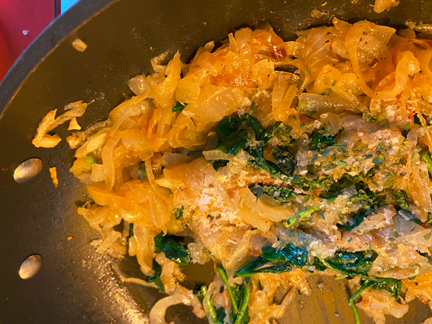
Sprinkle salt and pepper over the vegetables and remove them from the heat. Allow them to cool to room temperature.
Place the vegetables in a food processor and combine them briskly; then add the sour cream and mix well. If you don’t have a food processor, an electric mixer will do, but you will have bigger chunks of onion and spinach. My food processor is broken so I used my mini-chopper. I had to chop the vegetables a little at a time, they were chopped.
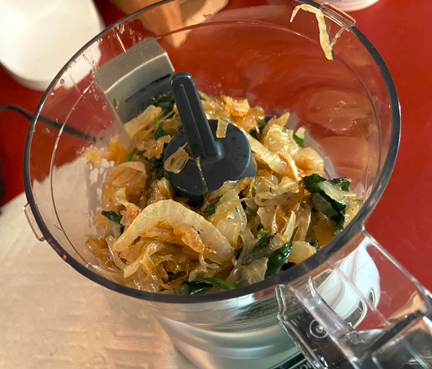
Place the dip in the refrigerator, covered, and let the flavors meld for several hours. At least an hour before serving taste it on a neutral cracker to see whether you want to add any additional flavors (more salt and pepper perhaps?). Bring the dip to room temperature, and serve it with raw vegetable strips or chips. Makes 2 to 3 cups.
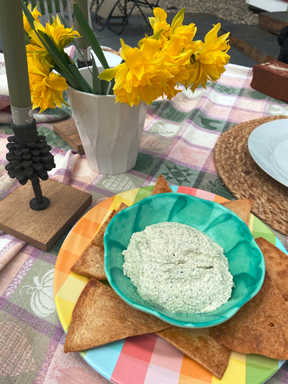
Cut into wedges or slices. Serves 6 to 8.
